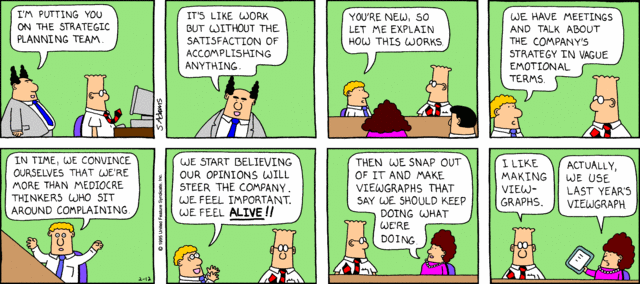Transformational Servant Leadership Innovation
 |
| Transformational Servant Leadership Innovation Cycle (Wallace) |
The graphic on the left is a model of my own making describing one path to individual and organizational change. Although they follow slightly different tracks for academics and consultants/practitioners, Transformational Leadership and Servant Leadership are closely intertwined with similar meanings. One must certainly say that Servant Leadership is transformational in scope and outcomes. Both theories and practices are discussed in detail and endorsed (if you will) by such organizational and individual change experts as the late Stephen Covey, Peter Senge, Ken Blanchard and Margaret Wheatley.
 |
| Transformational Culture Leadership Model (Wallace) |
Servant Leadership, for me at least, takes it origins from Jesus Christ, though one could easily say Muhammad, Buddha, Confucius and other spiritual leaders express like minds before organized religion often twists their theologies. The modern movement was developed by Robert Greenleaf and is promoted through the Greenleaf Center for Servant Leadership in California. The principles begin with self-knowledge (foundational for any effective leader); Listening; Developing your Colleagues; Foresight (vision); Coaching (not controlling); Unleashing the Energy of your Cohorts; and a Pyramid Change. That last precept in particular echos the
 tremendous organizational growth achieved by HCL and the work of Vineet Nayar and Anand Pillai told in the very affordable Employees First Customers Second. Graphically we'd represent it like this example of an inverted hotel org chart as part of my master's thesis.
tremendous organizational growth achieved by HCL and the work of Vineet Nayar and Anand Pillai told in the very affordable Employees First Customers Second. Graphically we'd represent it like this example of an inverted hotel org chart as part of my master's thesis.The foundational basis for individual and organizational change is the trust that comes from altruistic integrity. Transformational and Servant Leaders don't think or speak in terms of "I", but "we" (Peter F. Drucker). They put their own agendas and rewards aside for the good of the team, department, organization and community (however large one wishes to define that). As anyone can clearly see it's something completely missing from the U.S. Congress these days, but evident in many corporations that continue to innovate, grow and prosper in a very difficult global economy. Transformational and Servant leaders build trust by engaging their cohorts, listening, sharing stories (visions) and developing relationships crucial to organizational development. These leaders encourage ongoing personal and professional development (learning) among their followers, even though at times that means they will leave the organization for greener pastures. These practices then build the adaptability and flexibility both individually and organizationally to overcome obstacles, seize opportunities and innovate.
 |
| Transformational Servant Leadership Innovation Cycle (Wallace) |
None of this is rocket science. And one could easily bring in the work of John Medina (Brain Rules), Daniel Pink (Drive), Howard Gardner (Five Minds for the Future), and Gary Hamel (What Matters Now) to find correlations in neurology, behavioral economics, psychology and management that verify the accuracy of the graphic on the left intentionally repeated. At the end of the day it becomes a matter of what we choose to do to improve ourselves and then how we transfer that knowledge to encourage others to do the same. Fortune 500 or employee non-profit organization it makes no difference. Are we willing to do something that helps solve whatever opportunities are in front of us? The world certainly could use more transformational and servant leaders who put the greater good of humanity and community over self gratification and greed.




Thanks for this. I really like what you've posted here and wish you the best of luck with this blog and thanks for sharing. 10 Characteristics of Servant Leadership
ReplyDeleteThis is a great teaching. The "we" aspect is inspirational in any organization
ReplyDeleteFind the best Fixed mortgage rate in Baltimore that work perfectly for you. We make it easy to compare rates in Baltimore big banks and top brokers for free. Best mortgage rate in Baltimore
ReplyDelete